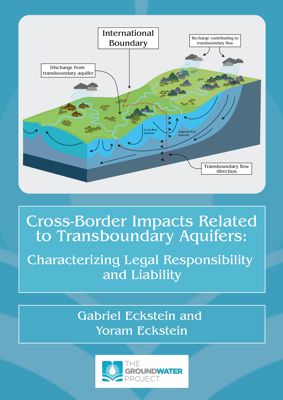Groundwater recognizes none of the political boundaries that humanity has drawn on maps. As a result, when groundwater traverses borders and frontiers it raises questions of responsibility and liability pertaining to the use, management, exploitation, and administration of cross-border aquifers. This occurs both at the international level where two or more sovereign nations, as well as at the domestic level where two or more subnational political units, overlay a common aquifer. The law applicable to transboundary groundwater resources at both levels of governance is presently quite primitive and lacking. Moreover, the relationship of groundwater law to surface water law is often non-existent.
This book provides a foundation for the development of such norms. It explores circumstances under which the use, management, exploitation, and administration of a transboundary aquifer might cause harm to a neighboring political unit and, thereby, result in legal responsibility and/or liability. It assesses cause and effect relationships with reference to conceptual models of transboundary aquifers developed by Eckstein & Eckstein (2005). Notions of gaining and losing stream relationships, recharging and non-recharging aquifers, groundwater flow direction, the impact of groundwater pumping, anthropogenic contamination, and other concepts are utilized to describe scenarios in which harm could traverse a political boundary. The book then translates that analysis into notions of responsibility and liability that are more common in the legal realm.

